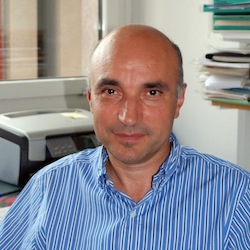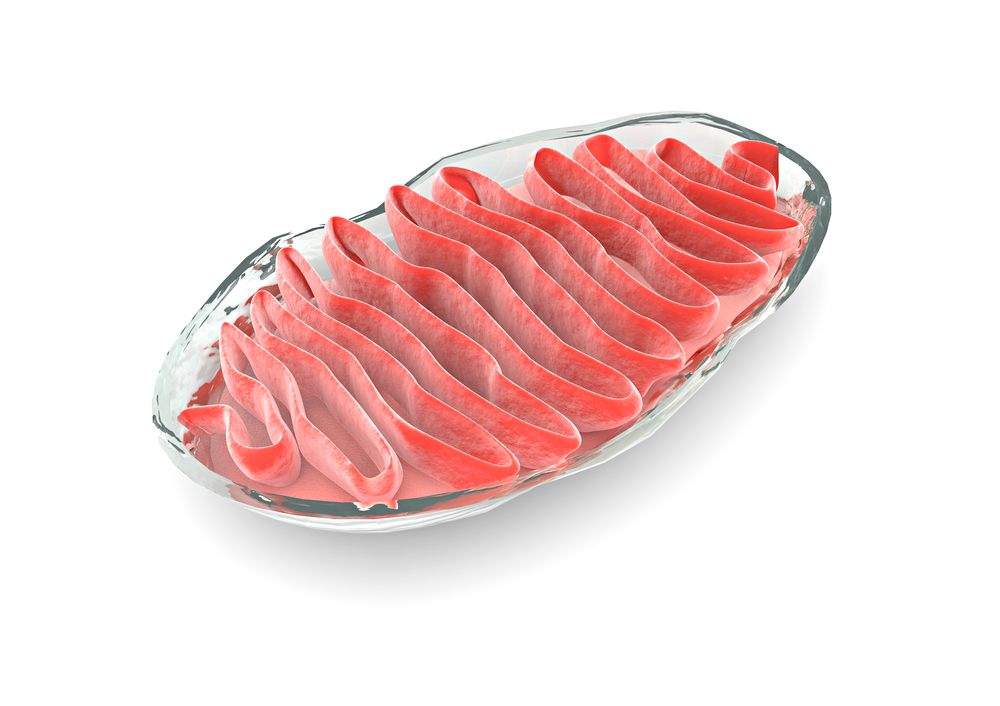Mitochondria, the true energy power plants of cellular activity, play a vital role in energy production and in several other essential cellular processes, including lipid and amino acid metabolism, the urea cycle, iron sulfur cluster assembly, iron homeostasis and cell death. In their normal function, mitochondria are able to release energy contained in food we eat by using the oxygen we inhale, and are able to produce for themselves part of the proteins involved in their task, using instructions contained in their own DNA. Their genetic material is transcribed into long RNA molecules — copies — that must be processed following specific rules, peculiar to mitochondria, the workings of which are not well known. However, one thing that is known, is that disruption or misregulation of this process can result in of development mitochondrial genetic diseases in humans, and mitochondria dysfunctions have been implicated in aging and in several human pathologies, including Alzheimer’s and Parkinson’s diseases and diabetes.
Now, a team of scientists at the University of Geneva (UNIGE) in Switzerland, report that they have discovered a new component of the mitochondrial activity process, previously unheard of in mammals and related to biogenesis of ND6, one of the proteins essential to mitochondrial activity.
 The findings of the research team led by Jean-Claude Martinou, a professor in the Faculty of Science of the University of Geneva (UNIGE), Switzerland, have been published in the journal Cell Reports, in a paper entitled “A Mitochondria-Specific Isoform of FASTK Is Present In Mitochondrial RNA Granules and Regulates Gene Expression and Function” (Cell Reports, 2015; DOI: 10.1016/j.celrep.2015.01.063), coauthored by Alexis A. Jourdain, Mirko Koppen, Christopher D. Rodley, Kinsey Maundrell, Naïg Gueguen, Pascal Reynier, Adela M. Guaras, José A. Enriquez, Paul Anderson, Maria Simarro, and Jean-Claude Martinou.
The findings of the research team led by Jean-Claude Martinou, a professor in the Faculty of Science of the University of Geneva (UNIGE), Switzerland, have been published in the journal Cell Reports, in a paper entitled “A Mitochondria-Specific Isoform of FASTK Is Present In Mitochondrial RNA Granules and Regulates Gene Expression and Function” (Cell Reports, 2015; DOI: 10.1016/j.celrep.2015.01.063), coauthored by Alexis A. Jourdain, Mirko Koppen, Christopher D. Rodley, Kinsey Maundrell, Naïg Gueguen, Pascal Reynier, Adela M. Guaras, José A. Enriquez, Paul Anderson, Maria Simarro, and Jean-Claude Martinou.
Described in detail in the Cell Reports paper, the newly revealed data provide new insights into the general process of mitochondrial RNA maturation. As noted above, food we consume is converted into energy within mitochondria — organelles present in our cells. “We had previously discovered the existence of compartments to which RNA molecules converge, to be treated and begin their maturation. The next step was to acquire a better understanding of this process, the defects of which are often the cause of mitochondrial genetic diseases in humans,” explains Dr. Martinou in a UNIGE release.
In association with researchers of the universities of Angers (France), Valladolid (Spain), Madrid (Spain) and Boston (United States), Dr. Martinou’s Geneva team have unveiled a process previously undetected in mammals. “We discovered that a protein called FASTK also exists in a form capable of penetrating into mitochondria. Once it reaches a compartment of maturation, this protein binds diverse regions of the ND6 RNA. The physical protection provided by FAST K thus prevents the action of the degradosome, an enzymatic complex whose task is to digest the extremities of RNA,” observes the Cell Reports article’s lead author Alexis Jourdain, a postdoctoral fellow in the Martinou Lab specializing in mitochondrial RNA granules. “This type of mechanism of protection was already known in plants, but its existence in mammals was so far unreported.”
K thus prevents the action of the degradosome, an enzymatic complex whose task is to digest the extremities of RNA,” observes the Cell Reports article’s lead author Alexis Jourdain, a postdoctoral fellow in the Martinou Lab specializing in mitochondrial RNA granules. “This type of mechanism of protection was already known in plants, but its existence in mammals was so far unreported.”
The protein FASTK (Fas-activated serine/threonine kinase) — an enzyme that in humans is encoded by the FASTK gene — plays a key role in ND6 biogenesis. If RNA coding for that protein fails to reach maturation, the mitochondrion’s entire respiratory chain is affected. “There is a mutation in a gene coding for a protein related to FASTK, which is associated with a form of infantile mitochondrial encephalomyopathy,” Dr. Martinou explains.
However, the precise mechanism of the pathology associated with this mutation remains as yet unestablished, with the scientific team currently developing an animal model of the disease, hoping to thereby better understand the defective mechanisms occurring in persons afflicted.
The University of Geneva (French: Universite de Geneve) is a venerable institution founded in 1559 by Reformation theologian John Calvin as a seminary and law school that in 2009 celebrated its 450th anniversary. The school dropped its religious affiliations to become officially secular, and today is the second-largest university in Switzerland, with programs in various fields but particularly acknowledged for its academic and research programs in international relations (Geneva being hostess to a dense agglomeration of international organizations). The university holds and actively pursues teaching, research, and community service as its primary objectives.
Wikipedia
http://en.wikipedia.org/wiki/University_of_Geneva
Sources:
The University of Geneva (Universite de Geneve)
Cell Reports
Wikipedia

